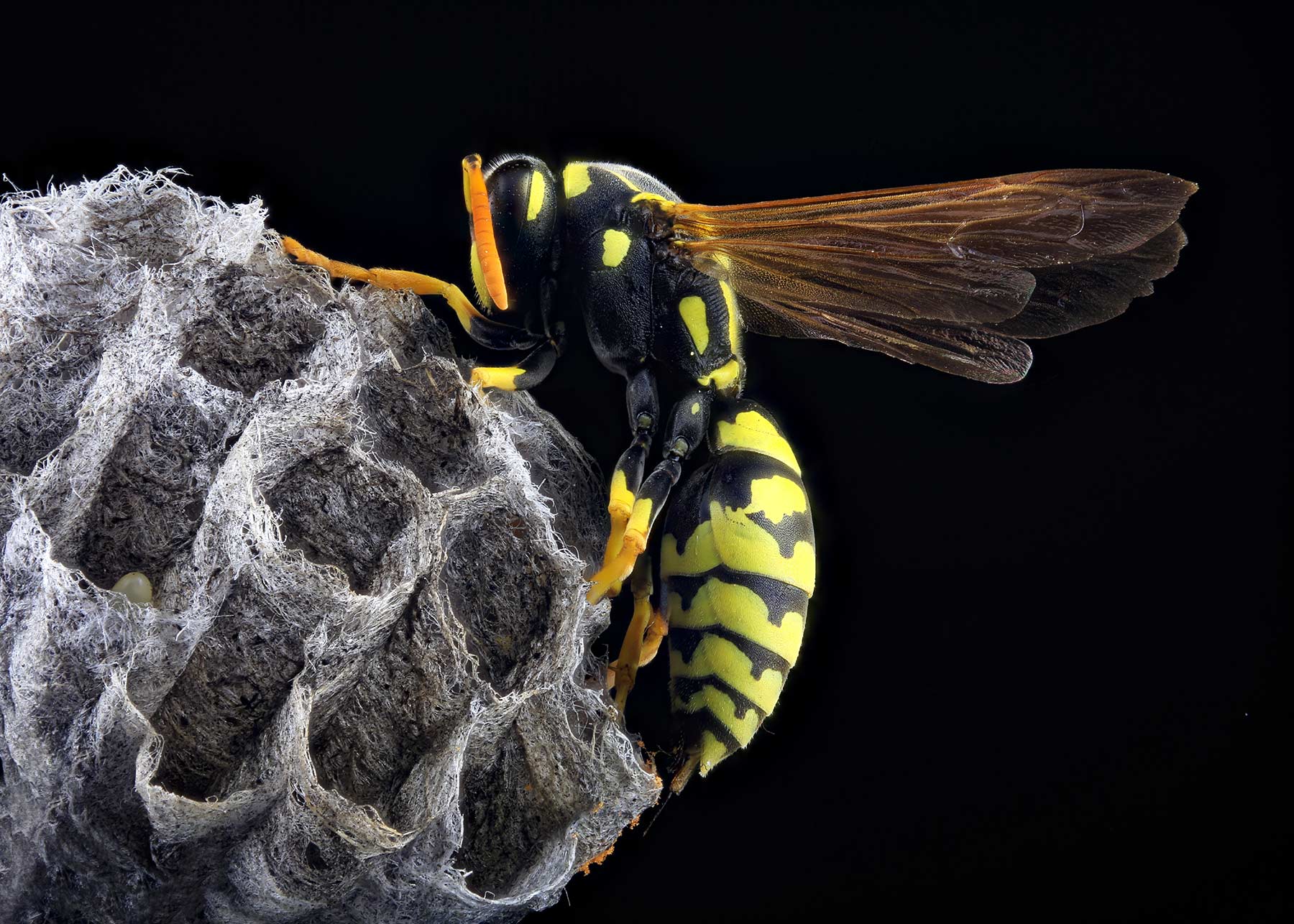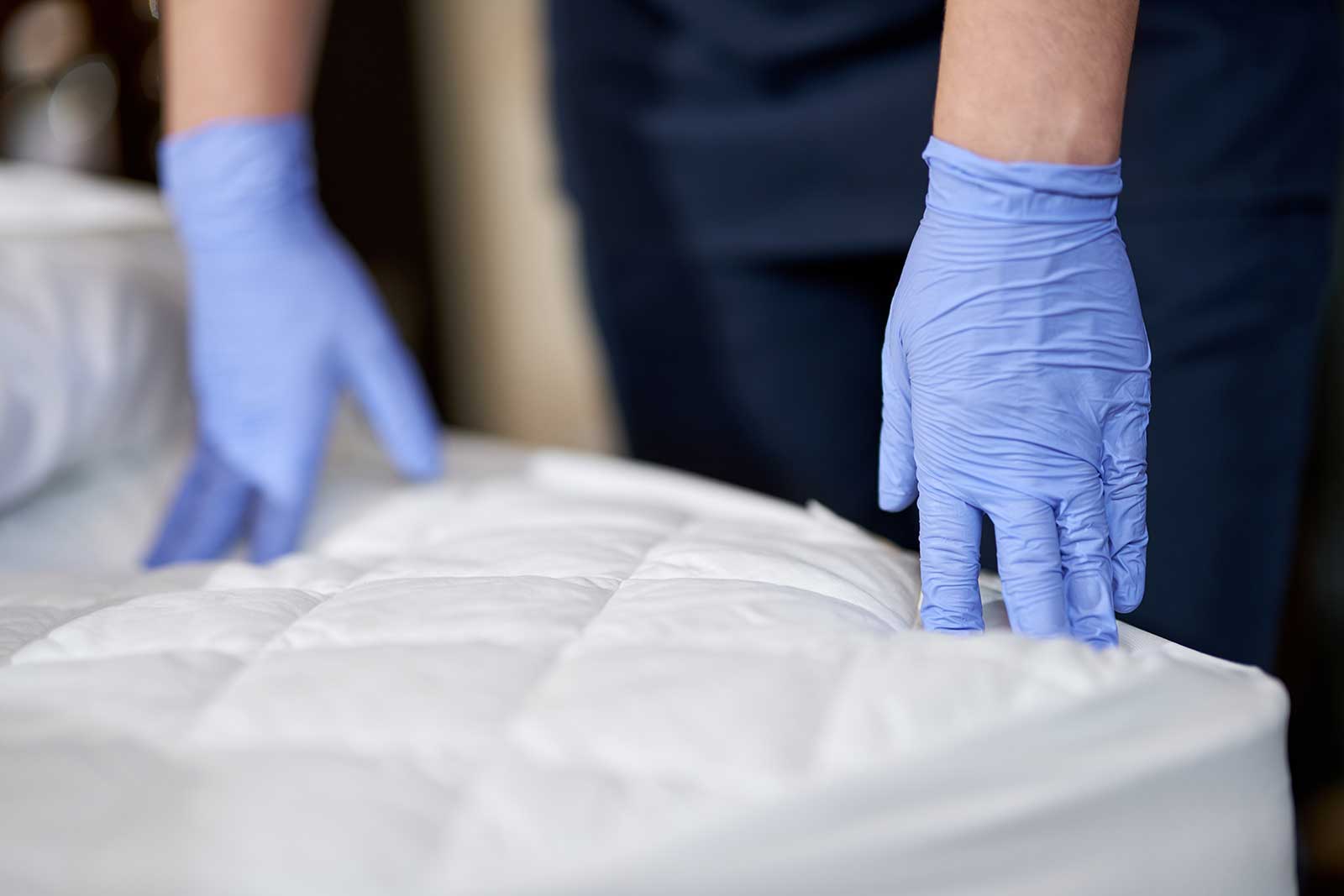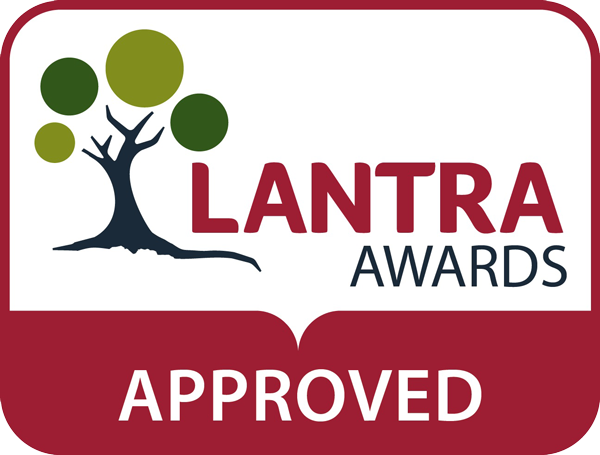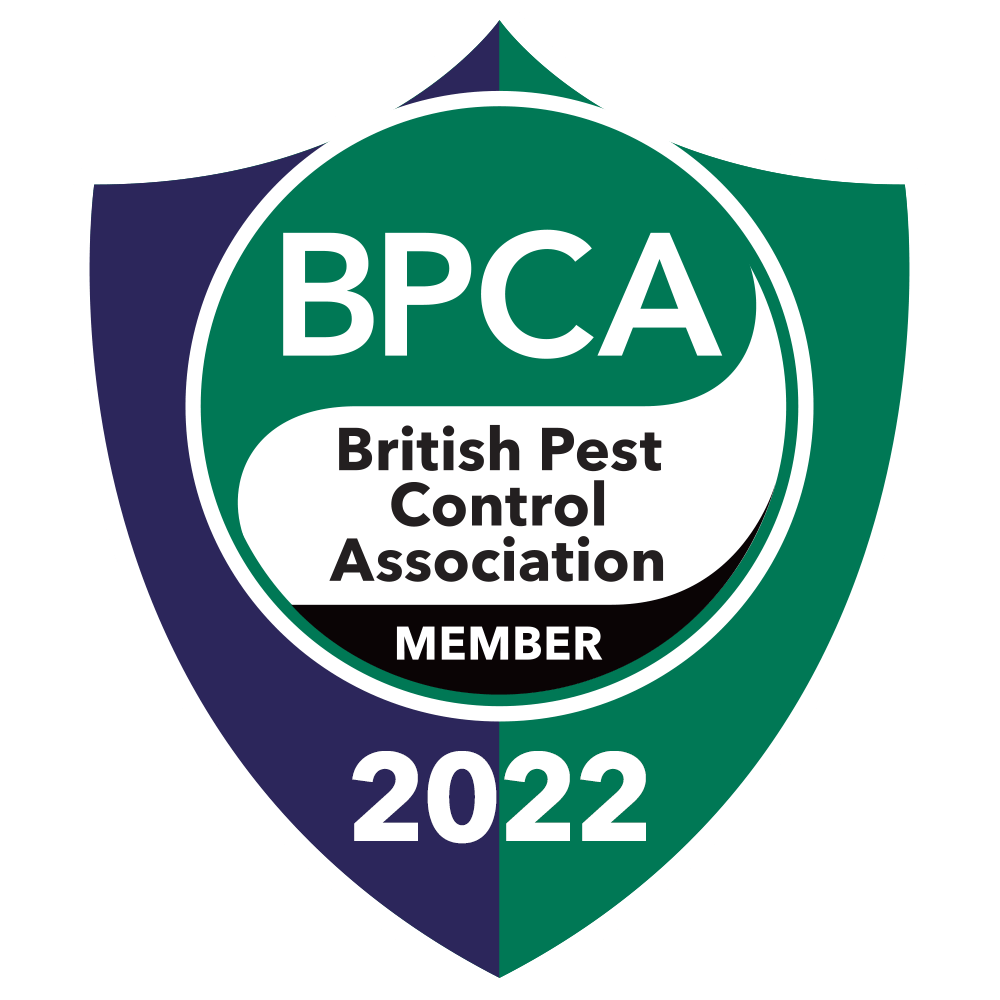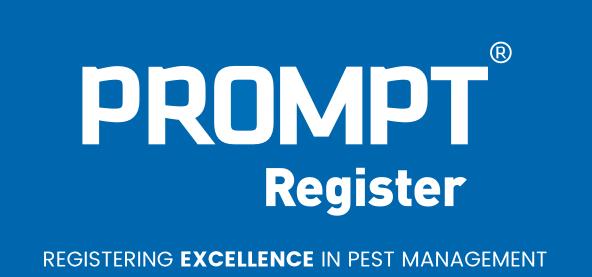As Ireland moves deeper into spring, nature begins to stir—flowers bloom, birds return, and unfortunately, so do pests. One of the most important springtime developments in the insect world is the reawakening of wasp queens. If you’ve ever had a wasp nest near your home or business during summer, you’ll know how aggressive and dangerous these insects can become. But what many people don’t realise is that April is the month when it all begins.
Understanding wasp queen behaviour in spring is the key to stopping full infestations before they take hold. In this article, we’ll explain why April is a critical month for wasp control and what you can do to prevent problems later in the season.
The Life Cycle of Wasps Starts in Spring
Most wasps you see during the summer months—especially the common wasp (Vespula vulgaris) and German wasp (Vespula germanica)—are workers. These workers build, defend, and expand the nest. But in April, there’s usually only one wasp active: the queen.
After overwintering alone in a sheltered spot such as a loft, shed, attic, or even inside a wall cavity, the queen wasp emerges in spring as temperatures begin to rise. Her mission? To:
- Find a suitable nesting site
- Begin building the first stages of the nest
- Lay the first batch of eggs, which will hatch into worker wasps
Once her first brood matures, those workers take over the building and maintenance of the nest—and that’s when visible wasp activity spikes in late spring and summer.
Why April Is the Best Time to Act
Catching and removing a wasp queen before she establishes a nest is the most effective way to prevent future problems. By the time a nest is fully developed in summer, it can contain thousands of aggressive workers that are much more difficult and dangerous to manage.
By taking action in April, you can:
- Stop a nest before it starts
- Avoid wasp-related health risks, especially for people allergic to stings
- Prevent structural damage, as nests in attics or walls can cause mess and insulation damage
Where Do Wasp Queens Nest?
In their search for a safe place to build, wasp queens look for sheltered, undisturbed spaces. Common nesting sites include:
- Attics and lofts
- Wall cavities
- Garages and sheds
- Under roof tiles or eaves
- Bird boxes or outdoor furniture
If a queen finds an ideal site in or near your home, the nest will likely remain active through summer—and may even return in following years if left untreated.
Early Signs of Wasp Queen Activity
Spotting a queen wasp can be tricky, but there are some signs to watch for:
- Larger-than-average wasp seen alone—queens are usually bigger than workers
- Wasp hovering around rooflines, vents, or sheds, especially in the warmer parts of the day
- Buzzing or scraping sounds in lofts or wall voids
- Early signs of a paper-like nest—small and usually golf-ball-sized at this stage
Seeing just one queen doesn’t mean a nest has started, but it’s an excellent time to investigate and act.
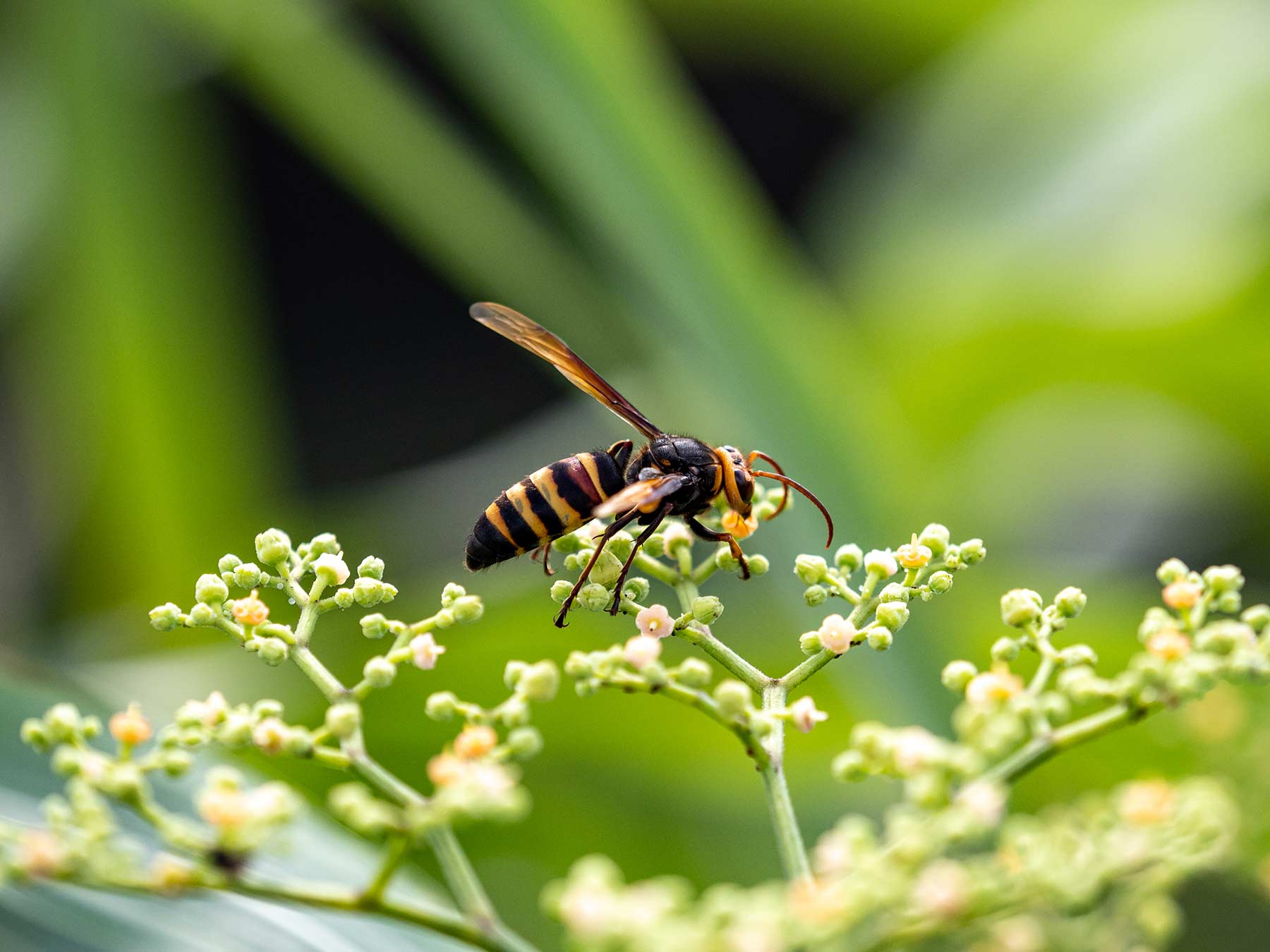
Wasp Queens Are Waking Up: What You Need to Know This April
How to Prevent Wasp Nests in Spring
1. Inspect and Block Entry Points
Look around your property for any small gaps, holes, or vents that could offer wasps access. Seal cracks in woodwork, soffits, and walls. Install fine mesh over vents and ensure windows in attics or sheds close securely.
2. Keep Outdoor Areas Clean
Wasps are attracted to food sources—especially sweet items and protein-rich materials. Clean up fallen fruit, secure bins with tight lids, and avoid leaving pet food outdoors.
3. Use Wasp Deterrents
- Decoy nests: Wasps are territorial and may avoid building near another nest. Hanging a decoy can help deter queens from choosing your property.
- Natural repellents: Peppermint oil, citronella, and cloves can help discourage wasps. Spray diluted oils near suspected entry points.
4. Monitor Regularly
Check your attic, shed, and outdoor structures weekly for signs of queen activity. A quick response can prevent a much larger issue down the line.
When to Call a Professional
If you’ve spotted a queen wasp indoors or believe one has started a nest, it’s wise to contact a professional pest control service. Attempting to remove a nest—even a small one—can provoke the queen or lead to injury, especially for those with allergies.
At Discreet Pest Control, we provide:
- Thorough inspections to detect early nest development
- Safe, targeted treatments to remove wasps without harming your property
- Advice and support to prevent future nesting activity
- Discreet, unmarked service to ensure privacy and professionalism
We operate across Dublin, Kildare, Wicklow, and Carlow, with fast response times and years of experience in managing wasps and other spring pests.
Wasp Queens Are Waking Up: What You Need to Know This April
Final Thoughts
April might not be peak wasp season—but it’s the most important month to stop a serious infestation before it starts. Spotting and dealing with queen wasps now is the single most effective way to protect your home, garden, or business for the months ahead.
If you’re concerned about wasp activity or want peace of mind that your property is protected, don’t wait—get in touch with Discreet Pest Control today.
Let us help you stay wasp-free, safely and discreetly.

